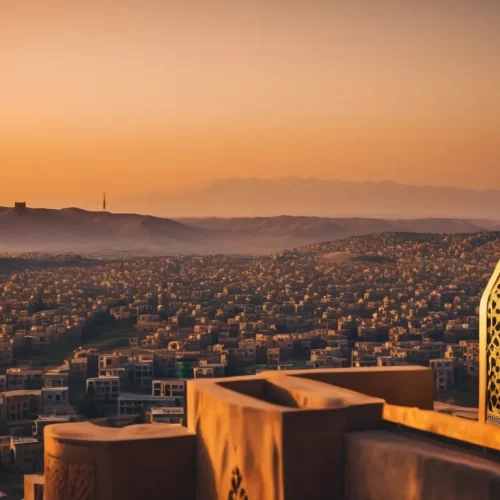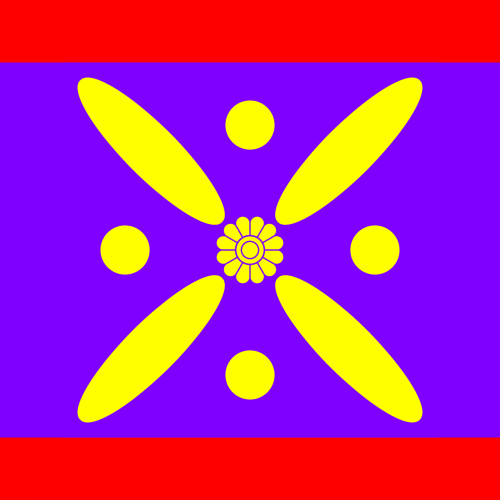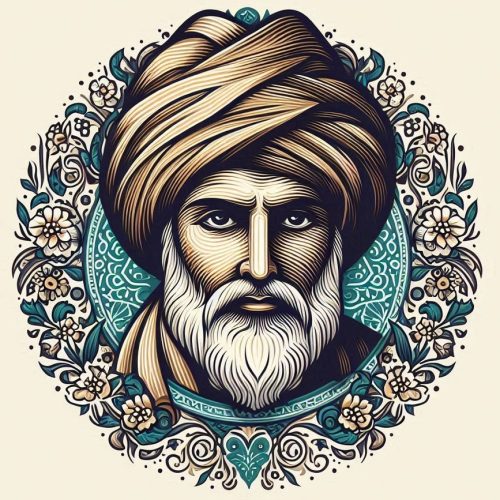The sixteenth day of each month in the ancient Iranian calendar was known as Mehr. The Mehregan festival celebrated the Mehr day of the Mehr Month, which falls in the seventh month of the year. As a year is divided into two parts, summer and winter, Nowruz is the celebration of the start of summer, while Mehregan is the celebration of the start of winter. After Nowruz, Mehregan is the most significant festival of the year and is one of the oldest and grandest festivals in Iran, with roots dating back to the second millennium B.C.
The festival is reminiscent of the Mithraism religion, which worshipped Mehr, Mithra, Mehr Izad, or the god of light, friendship, and love. Mithra was the great god of Iran and all the land where Hindu-Aryans lived. The festival lasts for six days, starting on the first days of autumn and ending on Ram day, the twenty-first day of the month.
In the Achaemenid calendar, the Mehregan festival was celebrated on the first day of Mehr, but today it is attributed to the sixteenth day of Mehr. The day is also known as Mehregan-e Hamegani or Mehregan-e Ameh and varies in different tribes who have their calendars. For instance, the Zoroastrians celebrate Mehregan on the tenth day of Mehr and hold a special ceremony. Mehregan has three aspects, historical, religious, and natural or astronomical, and is held a few days after the September Equinox, when the harvest of agricultural products begins.
Historically, Kaveh the Blacksmith, a legendary hero, defeated Zahak, and Fereydun became a king on this day. Mehregan symbolizes the victory of right over wrong and justice over tyranny, which has a deep root in religion. Mehr in Iranian culture means the brightness of the Sun, love, and friendship, and is also the guardian of promises and warns those who break them.
In the past, the Mehregan festival was celebrated with special rituals, including music and songs. People wore new clothes, usually in magenta, and gathered with scented and wrapped gifts. They arranged a magenta blanket and put festive objects like Evergreen Flower, branches from Tamarisk or Haoma tree, red fruits like grapes, pomegranates, apples, and quince, local foods, books of Avesta, Shahnameh, Hafiz, mirrors, a lit fire like candles, Espand, saffron, sweets, a special bread, rose water, and a drink made from the extract of Haoma on it. After eating and drinking, group dances were performed, Mehregan songs were sung, and in the end, they put their hands in each other as a symbol of the renewal of their friendships.
Today, the Zoroastrians celebrate Mehregan on the Mehr day of Mehr month by gathering in fire temples and prayer halls, preparing traditional foods, praying, and celebrating. Some believe that the celebration of Ghlishuyi or cleaning the carpets in Mashhad relates to Mehregan as well.




